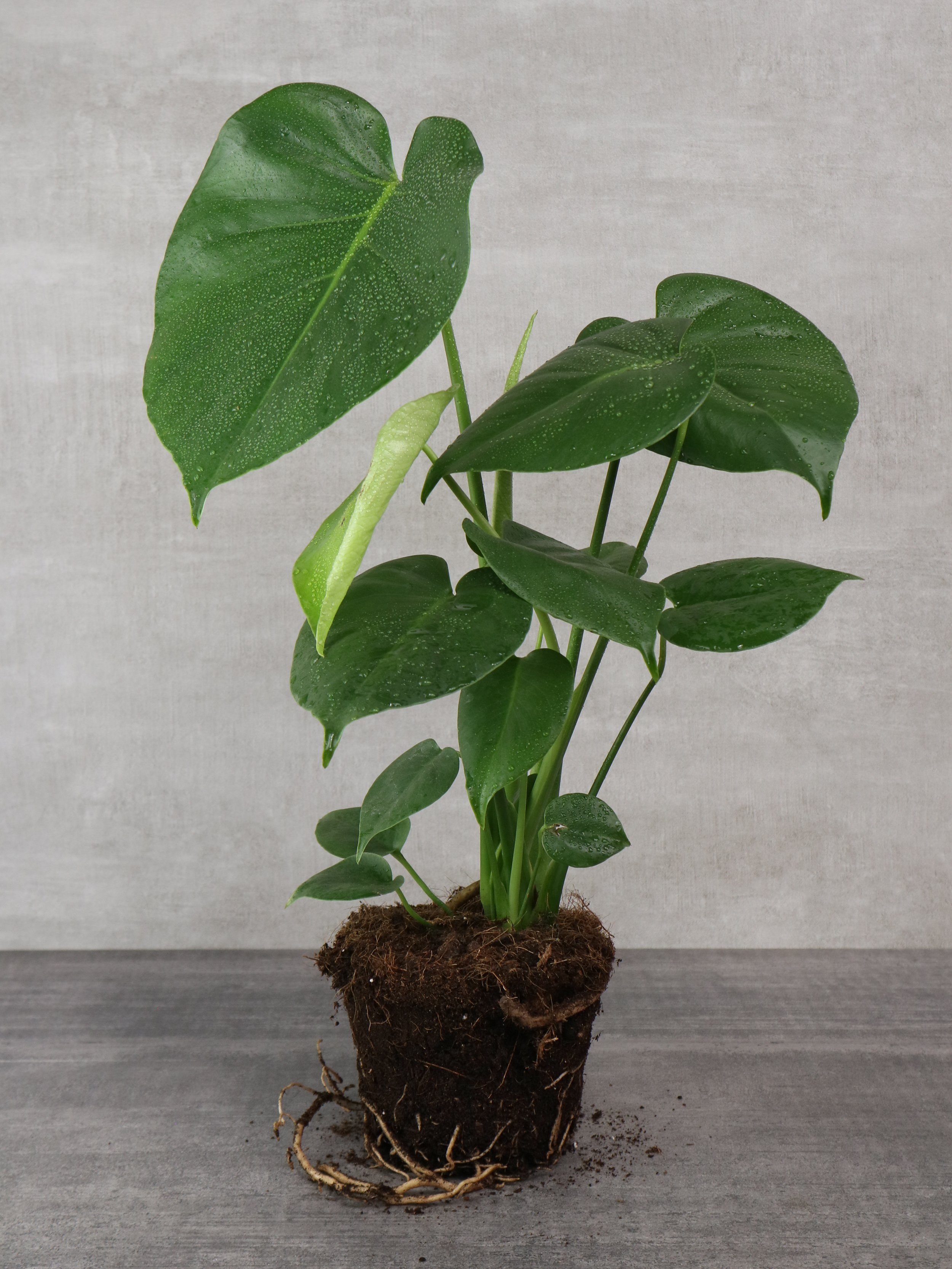Plant Profile
Calathea
The Calathea is native to the rainforests of South America and part of the Marantaceae prayer plant family. Calathea’s are recognised and loved for their incredible patterned leaves that literally look like they could have been painted on. With their own ‘circadian rhythm’, the leaves move throughout the day; opening in daylight and curling at night, in response to light. Common varieties include Pinstripe, Makoyana, Orbifolia, Zebrina, Beauty Star and Rufibarba.
Top Tips
✔ Calathea’s love high humidity and warmth, so consider this when positioning in your space.
✔ Be consistent with your watering schedule - Calathea’s struggle with sudden changes to temperature or watering.
✔ The Calathea is sensitive to chemicals so it is best to avoid using tap water to water the plant, instead use distilled or purified water.
Plant Care
-
In their natural environment, calatheas are lower level rainforest dwellers which enjoy dappled sunlight. They will prefer medium, indirect light but can tolerate lower light levels. Avoid direct sunlight.
-
Throughout the summer months it is best to keep the soil moist, (but not soggy), In colder months you can allow the top soil to dry out between waterings but it is important the root system remains moist.
-
As a rainforest specimen the calathea thrives in a humid environment, so will be perfect for a bathroom. If not, it is important to mist regularly.
-
Using a houseplant fertiliser every month in the growing season can be beneficial (Spring-Summer).
-
Calathea’s enjoy warmer temperatures, ideally between 18 and 22 C. Cold draughts and temperatures below 16 C will harm the plant and cold draughts will affect the plant, and it might shrivel, brown or drop leaves.
-
This plant is non-toxic
-
The Ornata can be propagated by division in Spring and Summer months. Keep the divisions warm and moist and reduce light until you see some new growth.
-
Best repotted every 1-2 years into a fresh potting mix. We recommend using coconut soil.

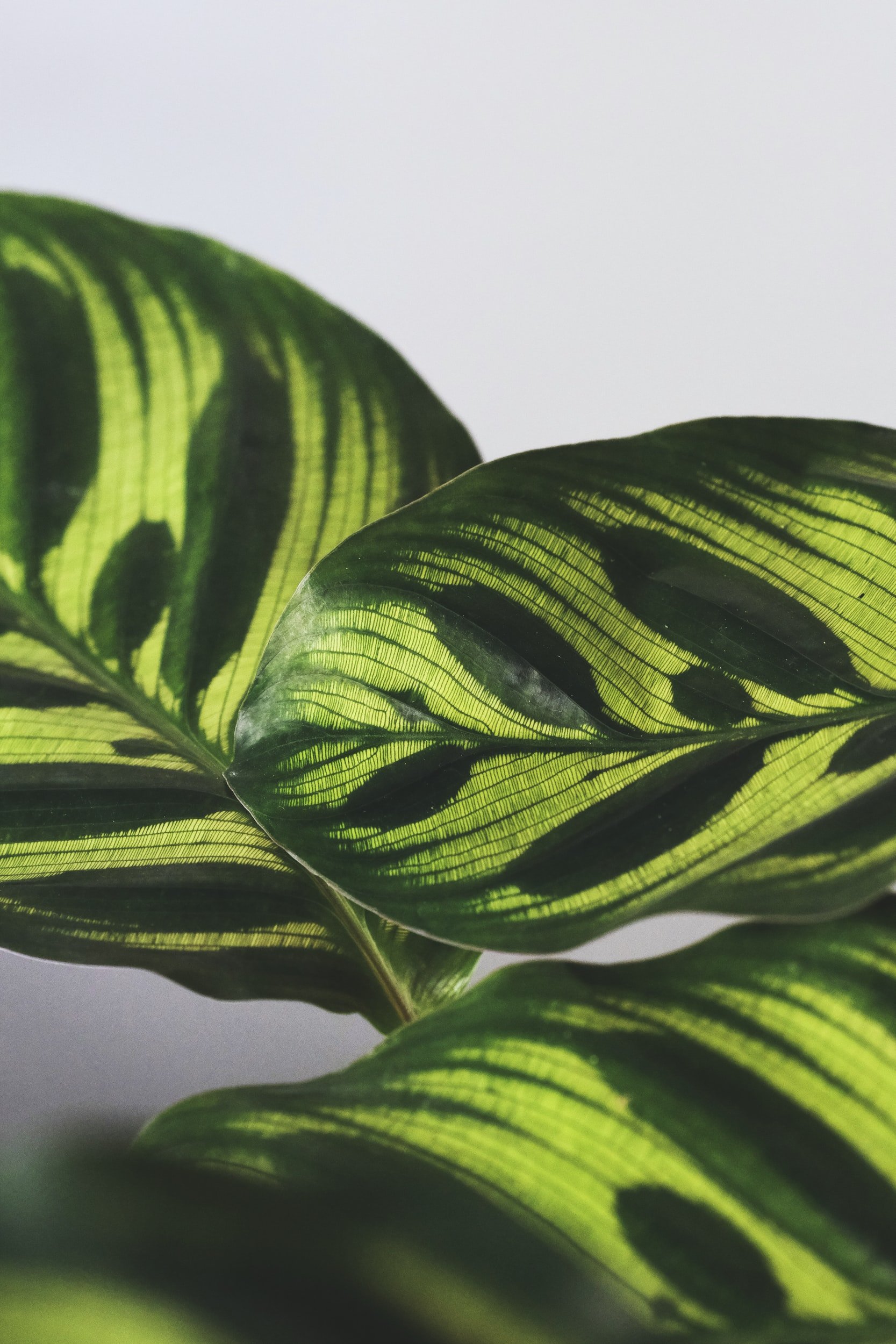

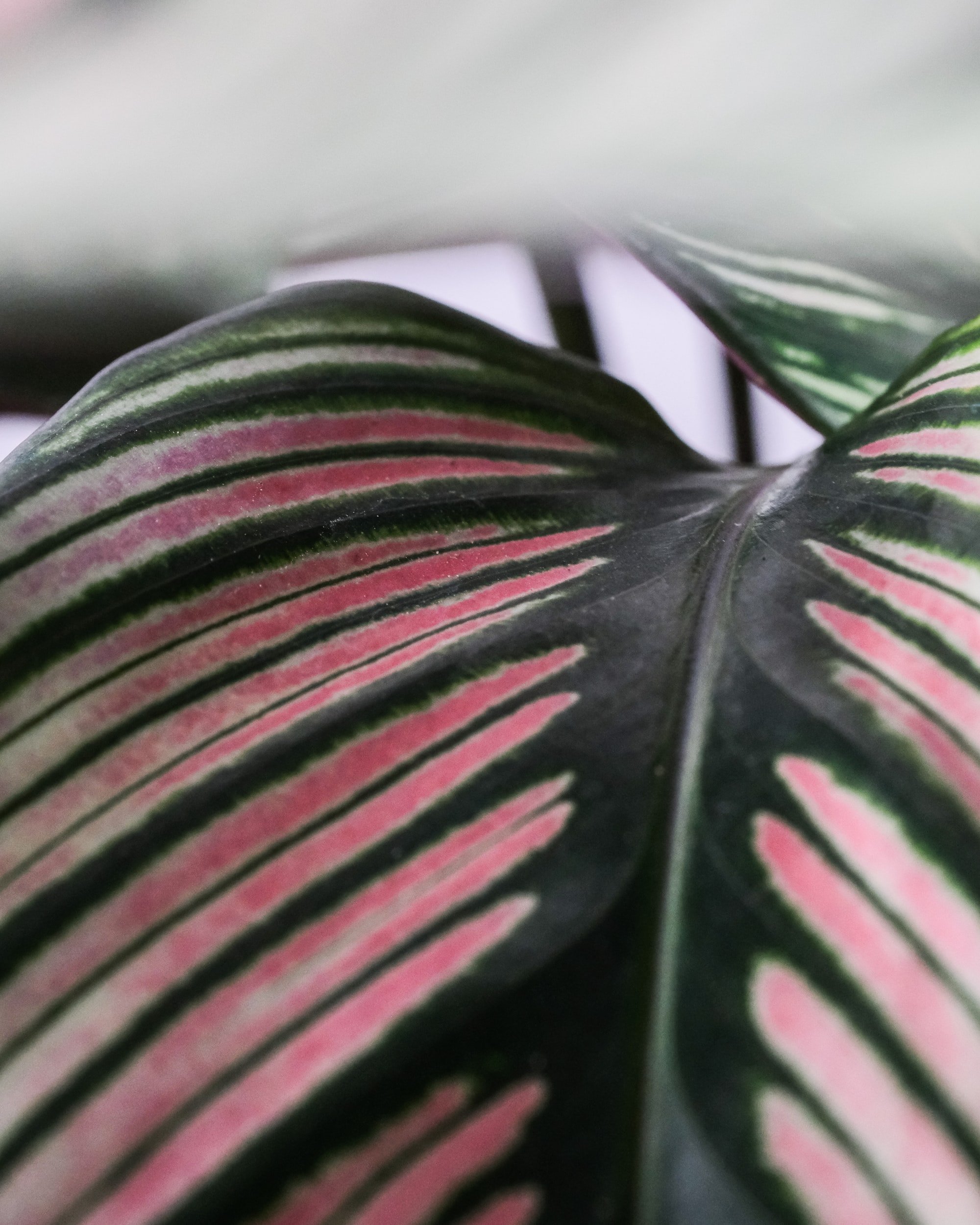

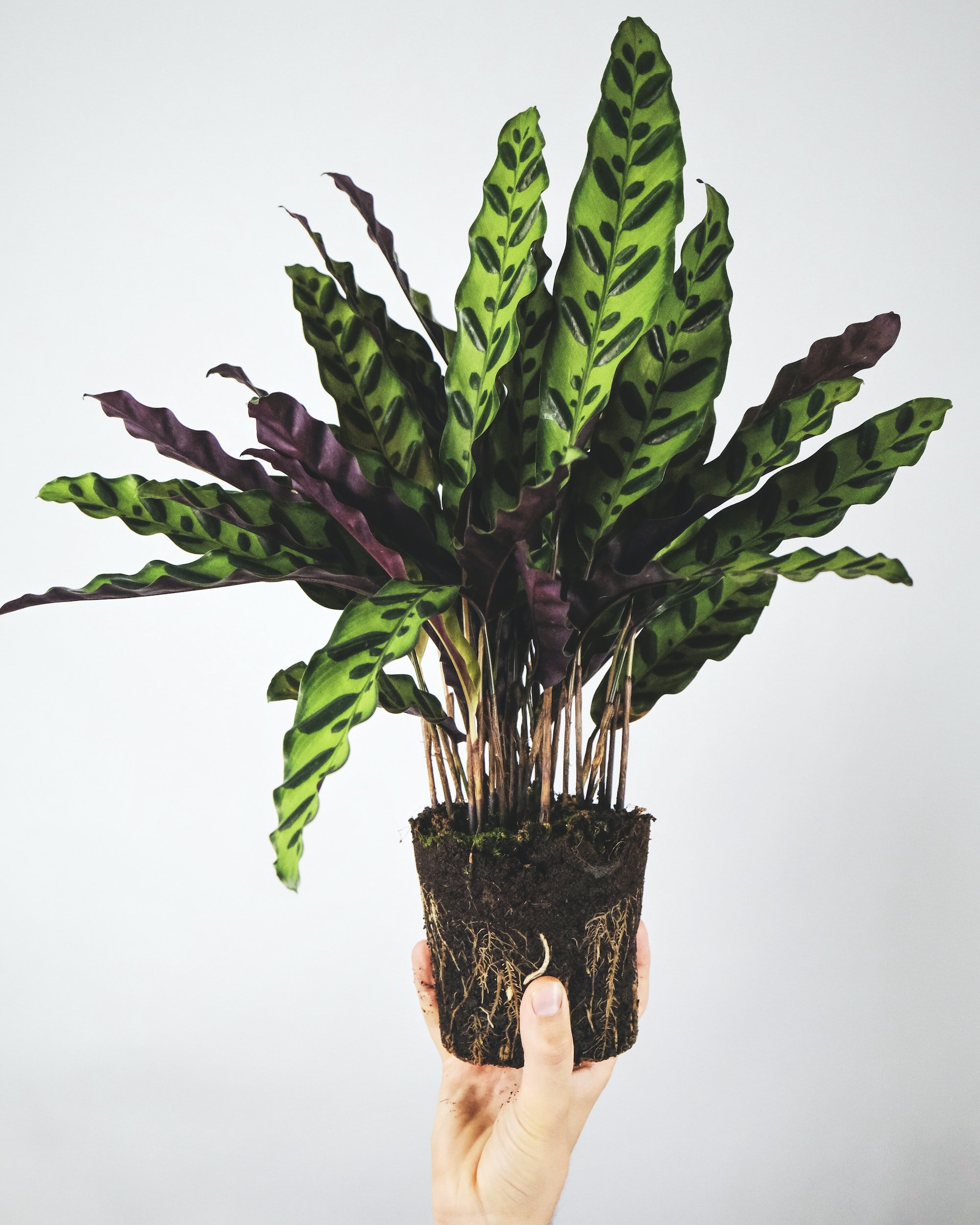

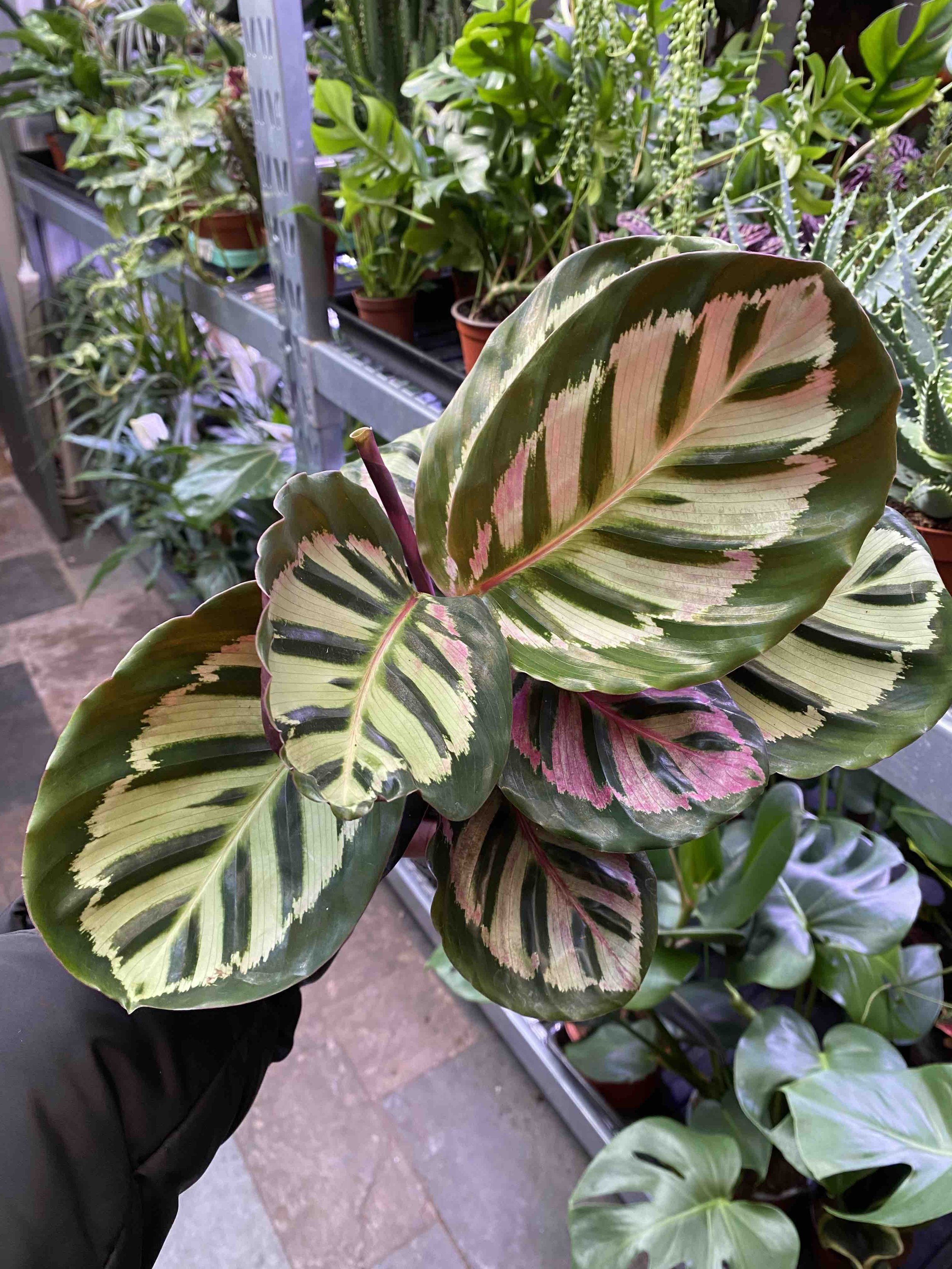
Quick Plant check up
Faded/White Stripes
The lines do fade with age in more mature plants. However, on a young plant this could indicate overexposure to sunlight.
White, ‘cotton-like’ masses under leaves, on the plant stem and crown
Pest infestation - likely to be mealybugs. This species can be prone to pests therefore it is a good idea to do a regular health check.
Limp leaves with brown, curled edges
Plant is thirsty, dry and lacking in humidity.



